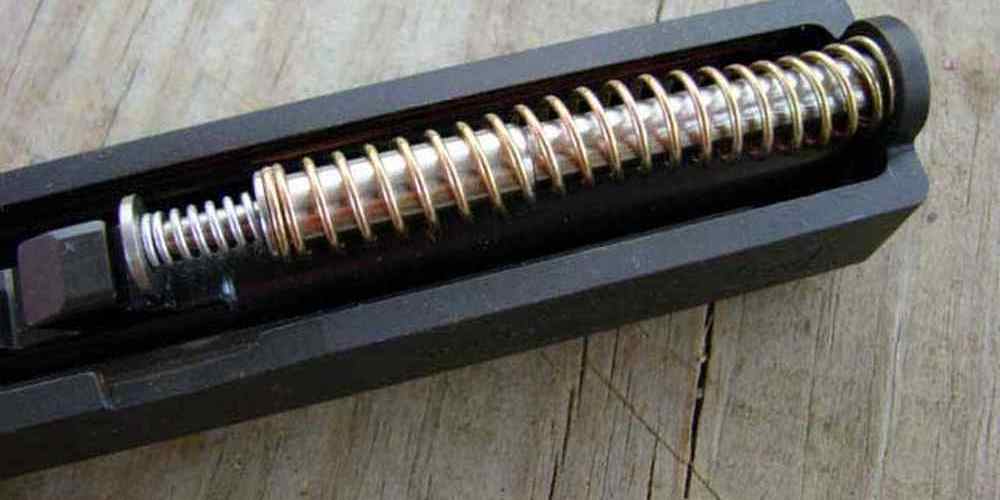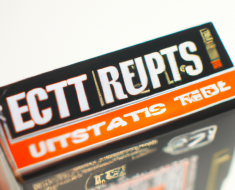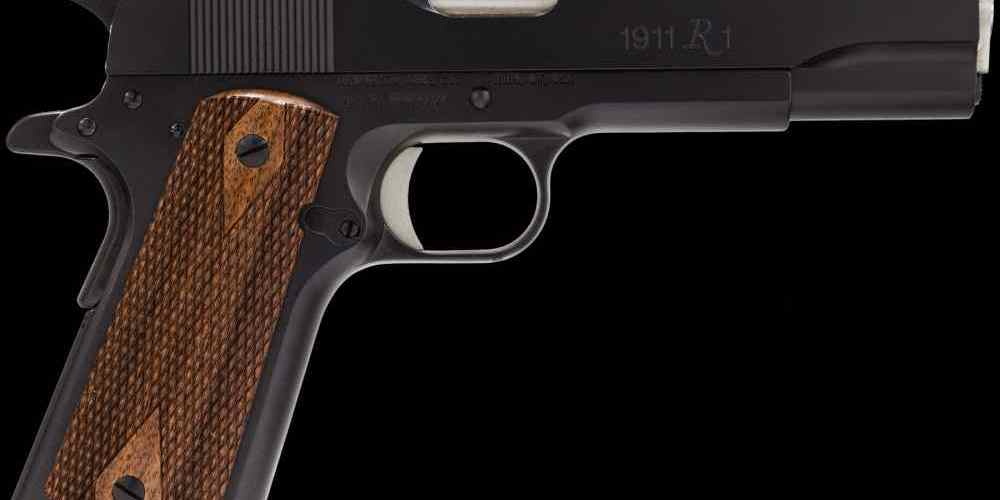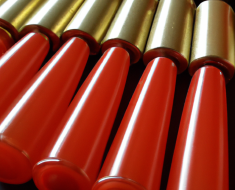Why Barrel Twist Rate Matters for Pistol Ammunition
When it comes to choosing the right ammunition for your pistol, there are several factors to consider. One of the most crucial but often overlooked factors is the barrel twist rate. The barrel twist rate refers to the rate at which the rifling inside the barrel twists, which affects how the bullet spins as it travels down the barrel. In this article, we will delve into why barrel twist rate matters for pistol ammunition and how it can impact your shooting performance.
Understanding Barrel Twist Rate
The barrel twist rate is typically expressed as a ratio, such as 1:10 or 1:16. This ratio indicates how many inches it takes for the rifling to make one complete revolution inside the barrel. For example, a 1:10 twist rate means that the rifling makes one complete revolution every 10 inches of barrel length.
The twist rate of a barrel plays a crucial role in stabilizing the bullet as it travels down the barrel. When a bullet is fired, it begins to spin due to the rifling in the barrel. This spinning motion helps stabilize the bullet in flight, improving accuracy and consistency.
Impact on Bullet Stability
The barrel twist rate directly affects how stable a bullet is as it travels through the air. If the twist rate is too slow for a particular bullet weight or length, the bullet may not spin fast enough to stabilize properly. This can result in erratic flight paths and decreased accuracy.
On the other hand, if the twist rate is too fast for a given bullet, it can cause excessive spin, leading to instability and decreased accuracy as well. Finding the right balance between twist rate and bullet weight/length is crucial for optimal performance.
Matching Twist Rate to Bullet Weight
One of the key considerations when selecting pistol ammunition is matching the barrel twist rate to the weight of the bullets you plan to use. Different bullet weights require different twist rates to achieve optimal stability.
- Bullets with lighter weights generally require faster twist rates to stabilize properly.
- Heavier bullets typically require slower twist rates to achieve optimal stability.
For example, if you are shooting light 115-grain bullets from a pistol with a 1:16 twist rate, you may experience stability issues due to insufficient spin. In this case, switching to a faster twist rate like 1:10 could improve accuracy and consistency.
Effect on Muzzle Velocity and Energy
The barrel twist rate can also have an impact on muzzle velocity and energy transfer. A mismatched twist rate can lead to inefficient bullet stabilization, which can affect how much energy is transferred from the bullet to the target upon impact.
When a bullet is stabilized properly, it tends to retain more of its energy and momentum, resulting in higher muzzle velocity and improved terminal ballistics. Conversely, an unstable bullet may lose energy more quickly due to tumbling or veering off course.
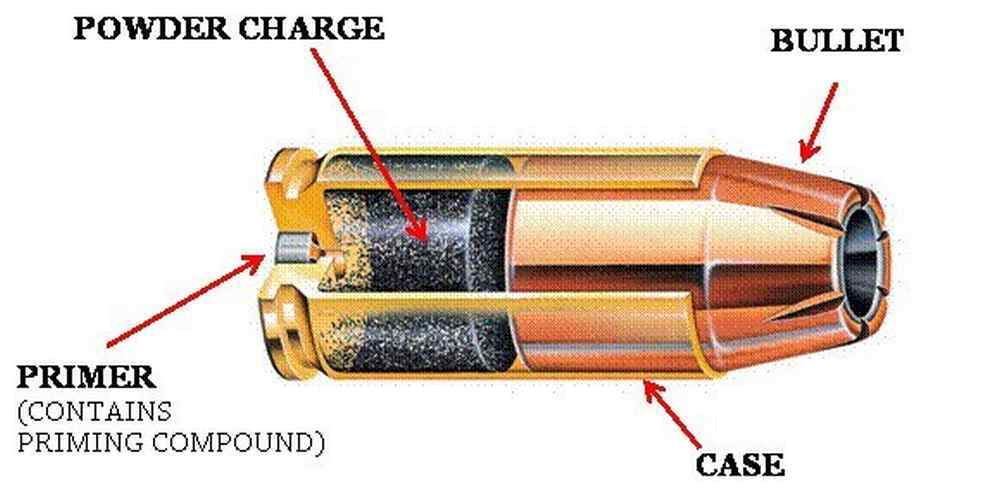
Case Studies and Examples
To illustrate the importance of matching barrel twist rate to pistol ammunition, let’s consider a few case studies:
- Case Study 1: A shooter using a pistol with a 1:14 twist rate fires 147-grain subsonic ammunition designed for use with slower twist rates. The bullets consistently keyhole on targets at various distances due to insufficient stabilization from the faster twist rate.
- Case Study 2: Another shooter using a pistol with a 1:10 twist rate switches from 115-grain bullets to 124-grain bullets without adjusting their ammunition choice. The heavier bullets fail to stabilize properly with the faster twist rate, leading to erratic groupings and decreased accuracy.
Summary
In conclusion, understanding and matching the barrel twist rate to your pistol ammunition is essential for achieving optimal performance in terms of accuracy, stability, muzzle velocity, and energy transfer. By considering factors such as bullet weight, length, and intended use, you can select ammunition that is compatible with your pistol’s twist rate for consistent and reliable shooting results.
Remember that experimentation and testing different combinations of ammunition and twist rates are key to finding what works best for your specific setup. By paying attention to this often overlooked factor, you can enhance your shooting experience and maximize your pistol’s potential on the range or in competition.




